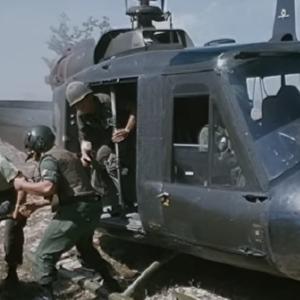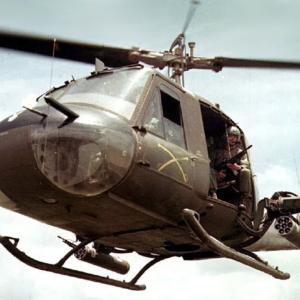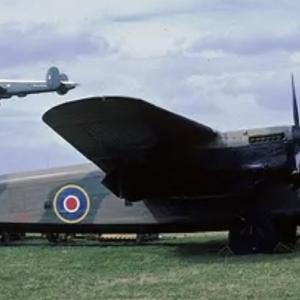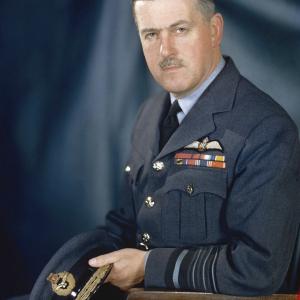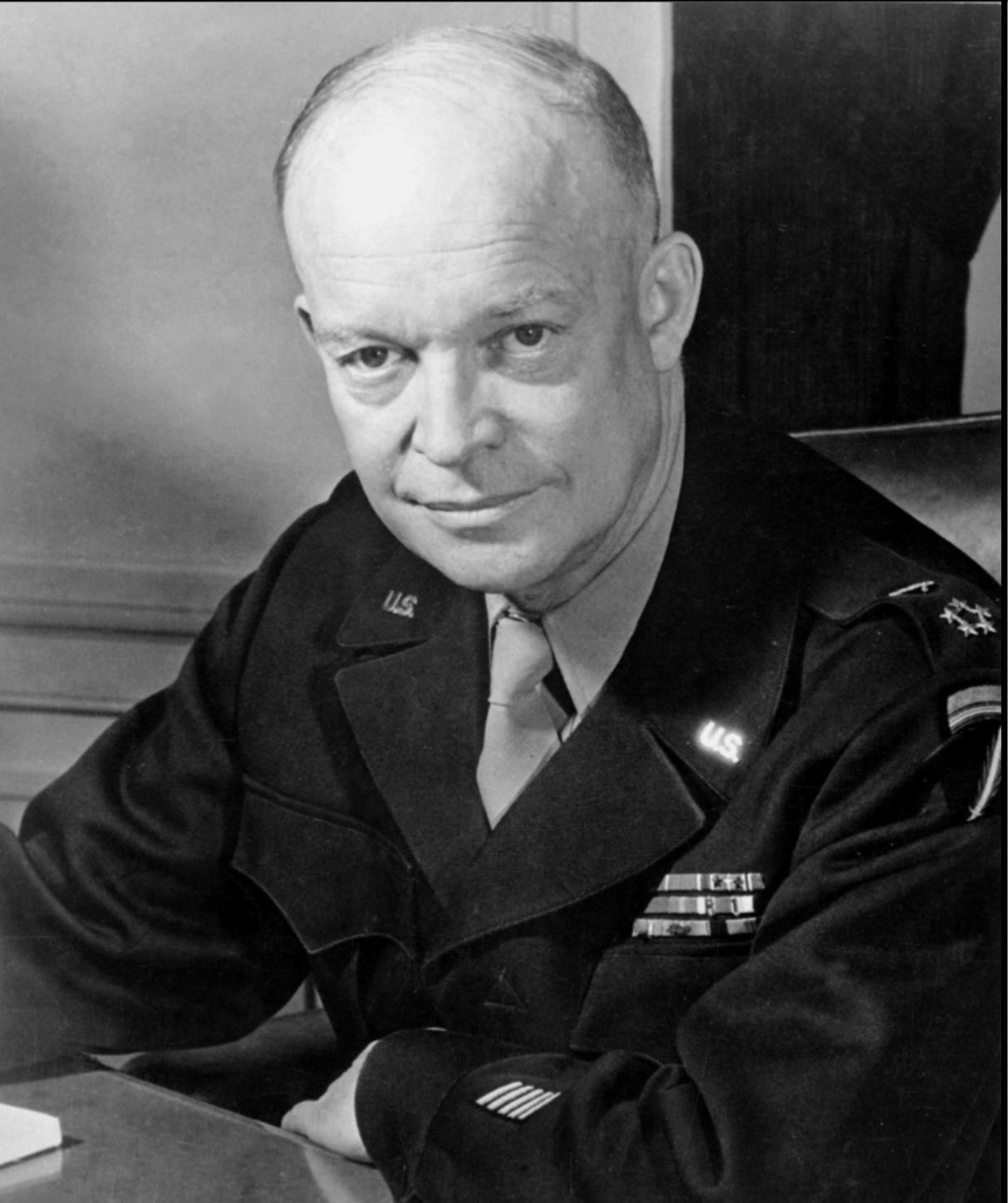
General Eisenhower
Dwight D. Eisenhower, later the 34th President of the United States, was one of the most prominent military figures of the 20th century. During World War II, he served as the Supreme Commander of the Allied Expeditionary Force in Europe, a role that placed him at the center of one of the most ambitious and complex military operations in history—Operation Overlord, more commonly known as D-Day.
Before World War II, Eisenhower had never commanded troops in battle. However, his brilliance in military planning, diplomacy, and coordination quickly earned him the trust of senior Allied leaders, including General George Marshall, Prime Minister Winston Churchill, and President Franklin D. Roosevelt. By 1943, Eisenhower had successfully led Operation Torch, the Allied invasion of North Africa, and coordinated the invasion of Sicily and Italy.
In December 1943, Eisenhower was appointed Supreme Commander of the Allied Expeditionary Force. His chief responsibility was to plan and execute the long-awaited invasion of Western Europe, which would mark the turning point in the war against Nazi Germany. Eisenhower set up his headquarters at Southwick House, near Portsmouth, England. This location was critical because it was close to the southern coast of England, enabling direct communication with the commanders and quick access to the troops preparing for the invasion. From Southwick House, Eisenhower oversaw the detailed planning and coordination of Operation Overlord, which culminated in the D-Day landings on June 6, 1944.
The planning for D-Day was monumental in scale and complexity. Eisenhower had to coordinate a coalition of forces from the United States, the United Kingdom, Canada, and other Allied nations. The goal was to land on the beaches of Normandy, France, and establish a secure foothold from which to launch further offensives into Nazi-occupied Europe.
Eisenhower assembled a team of experienced military leaders, including British General Bernard Montgomery, who would command ground forces during the initial landings, and American generals like Omar Bradley and George Patton. Together, they developed a comprehensive plan that involved more than 156,000 troops landing on five beaches: Utah, Omaha, Gold, Juno, and Sword.
The planning phase, which began in earnest in early 1944, required meticulous attention to detail. Eisenhower and his team had to consider numerous factors, including geography, tides, weather, enemy defenses, logistics, and timing. Extensive deception plans, under the codename Operation Bodyguard, were also executed to mislead the Germans about the true location and timing of the invasion. This included the fictitious creation of a "First U.S. Army Group" under General Patton, supposedly preparing to invade Pas-de-Calais, the narrowest point between Britain and France.
Eisenhower also had to maintain unity and morale among the Allied nations. As a leader, he was known for his calm demeanor, diplomacy, and ability to mediate between often conflicting personalities and interests. British and American military doctrines differed in key areas, and political leaders had their own priorities. Eisenhower’s leadership ensured that these challenges were overcome and that the focus remained on defeating the Axis powers.
In the final days before the invasion, Eisenhower faced intense pressure. The weather in early June 1944 was stormy, and meteorological reports predicted poor conditions. Originally scheduled for June 5, the landings were postponed by 24 hours based on advice from meteorologists who foresaw a brief window of improved weather. Eisenhower made the fateful decision to proceed with the invasion on June 6—a decision that could have meant success or disaster.
On the night of June 5 and early morning of June 6, over 156,000 Allied troops crossed the English Channel in a massive amphibious assault. Despite fierce German resistance, especially at Omaha Beach, the operation succeeded in establishing a crucial beachhead. Eisenhower’s leadership was vital not only in planning and coordinating the invasion but also in managing the inevitable uncertainties and setbacks of war.
After the initial landings, Eisenhower continued to oversee the build-up of Allied forces in Normandy, which eventually led to the liberation of Paris and the defeat of Nazi Germany in May 1945. His ability to combine strategic vision, diplomatic skill, and calm decision-making under pressure has cemented his reputation as one of the greatest military leaders in history.
Eisenhower’s role in planning and executing D-Day was pivotal. The success of Operation Overlord marked the beginning of the end for Nazi Germany and demonstrated the power of Allied cooperation. His legacy as a military commander extends beyond the battlefield, influencing leadership styles and military strategy for generations to come.

